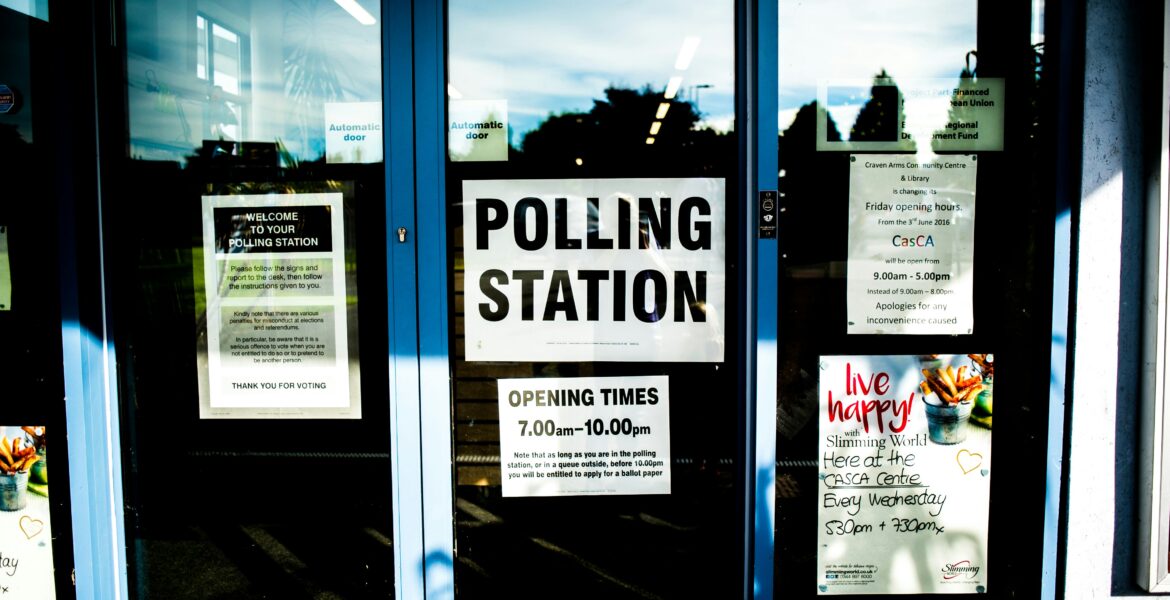Photo by Elliott Stallion on Unsplash
The last EU elections showed the continued vibrancy of our EU democracy, says a key new report.
Turnout, it says, was 50.74 per cent.
The report outlines targeted measures taken by Member States and EU institutions to engage young people and boost women’s participation.
The report also notes the effort to facilitate access for persons with disabilities and support mobile EU citizens – those who have moved to another Member State to work, live or study.
The report by the European commission, also highlights measures taken by each EU institution and the Member States, as well as the unprecedented cooperation between them to counter threats to the electoral process.
This, it notes, includes foreign interference, disinformation, cybersecurity and other issues affecting the integrity of elections, both prior and during the elections. All this helped to ensure that the elections ran smoothly and without any major incident or disruption.
Henna Virkkunen, Executive Vice-President for Tech Sovereignty, Security and Democracy, said: “The European Parliament elections are a cornerstone of democracy. We have made crucial strides to ensure these electoral processes are resilient and fair. The 2024 elections showcased an exceptional level of EU cooperation, reinforcing our commitment to safeguarding democratic integrity.”
Michael McGrath, Commissioner for Democracy, Justice, the Rule of Law and Consumer Protection, said: “The 2024 elections saw a stable turnout and an unprecedented level of collaboration among Member States, EU institutions, and stakeholders. This teamwork translated into enhanced preparedness to face any disruption. Promoting high voter turnout and inclusive participation – especially among young voters remains vital. As threats to elections evolve rapidly our systems of checks and balances need to be more robust than ever so that we can effectively protect our democracies.”
Since the last elections in 2019, the report says the EU has enhanced its support for Member States to reinforce the resilience against perceived threats.
The report is based on a variety of sources, including Commission surveys to Member States, European and national political parties, and direct feedback from citizens and reports from election observers and civil society organisations.




